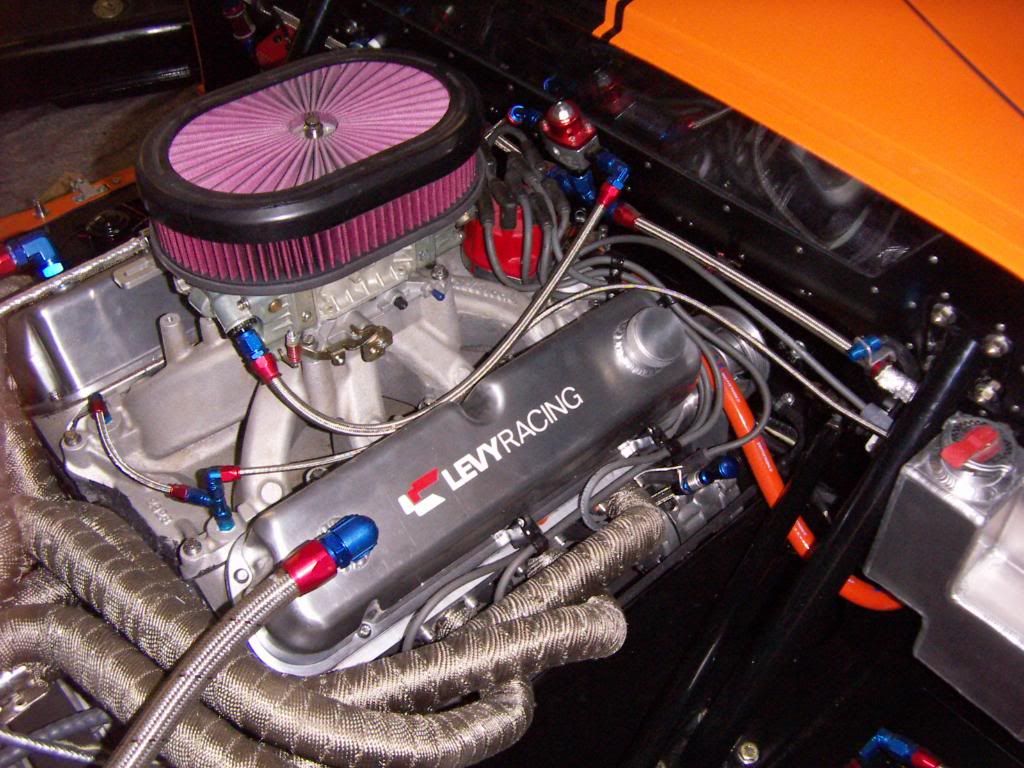Would anyone have a photo of a oil breather catch can installed in their GT40?
I picked up a set of repro Gurney Eagle valve covers that need to be opened up for the oil fill and vent and want to make sure I do it right before breaking out the hole saw. I might track the car at some point. Thanks.
I picked up a set of repro Gurney Eagle valve covers that need to be opened up for the oil fill and vent and want to make sure I do it right before breaking out the hole saw. I might track the car at some point. Thanks.




